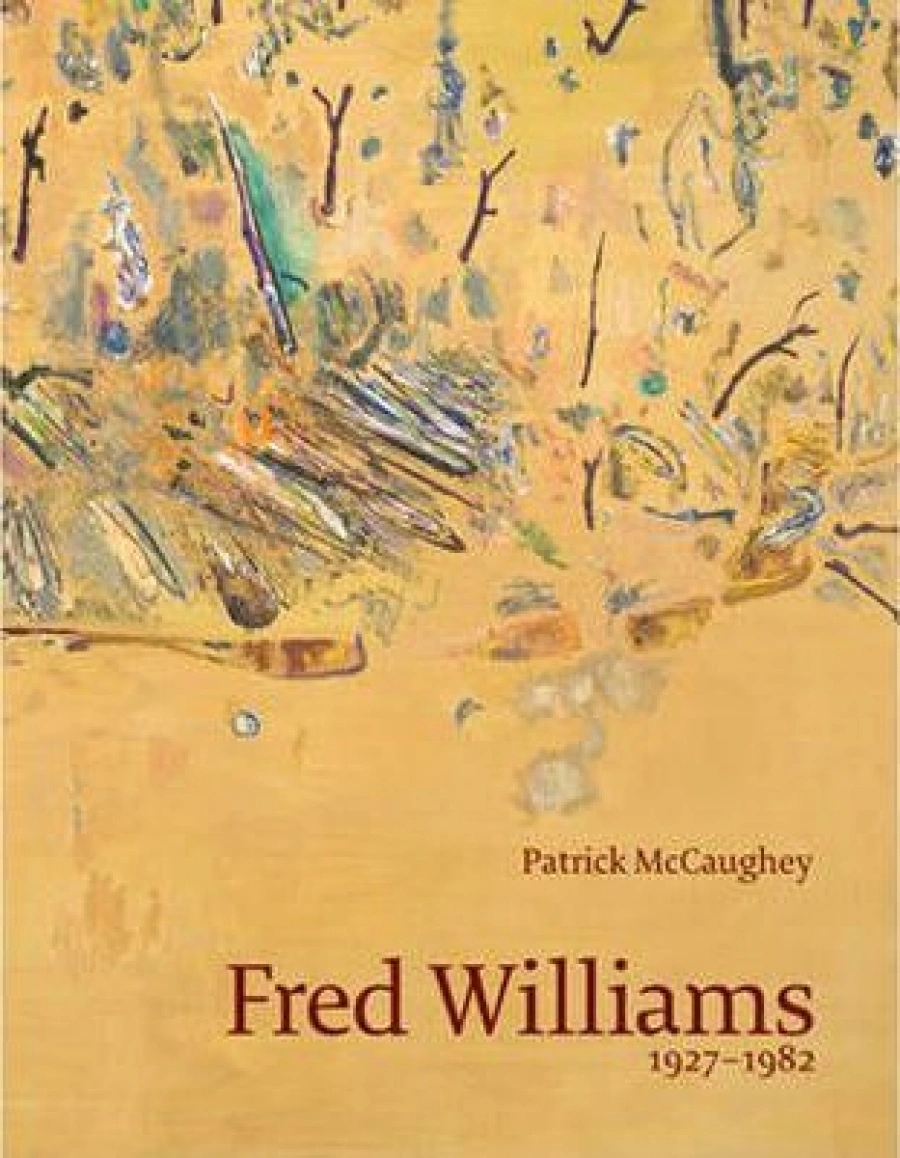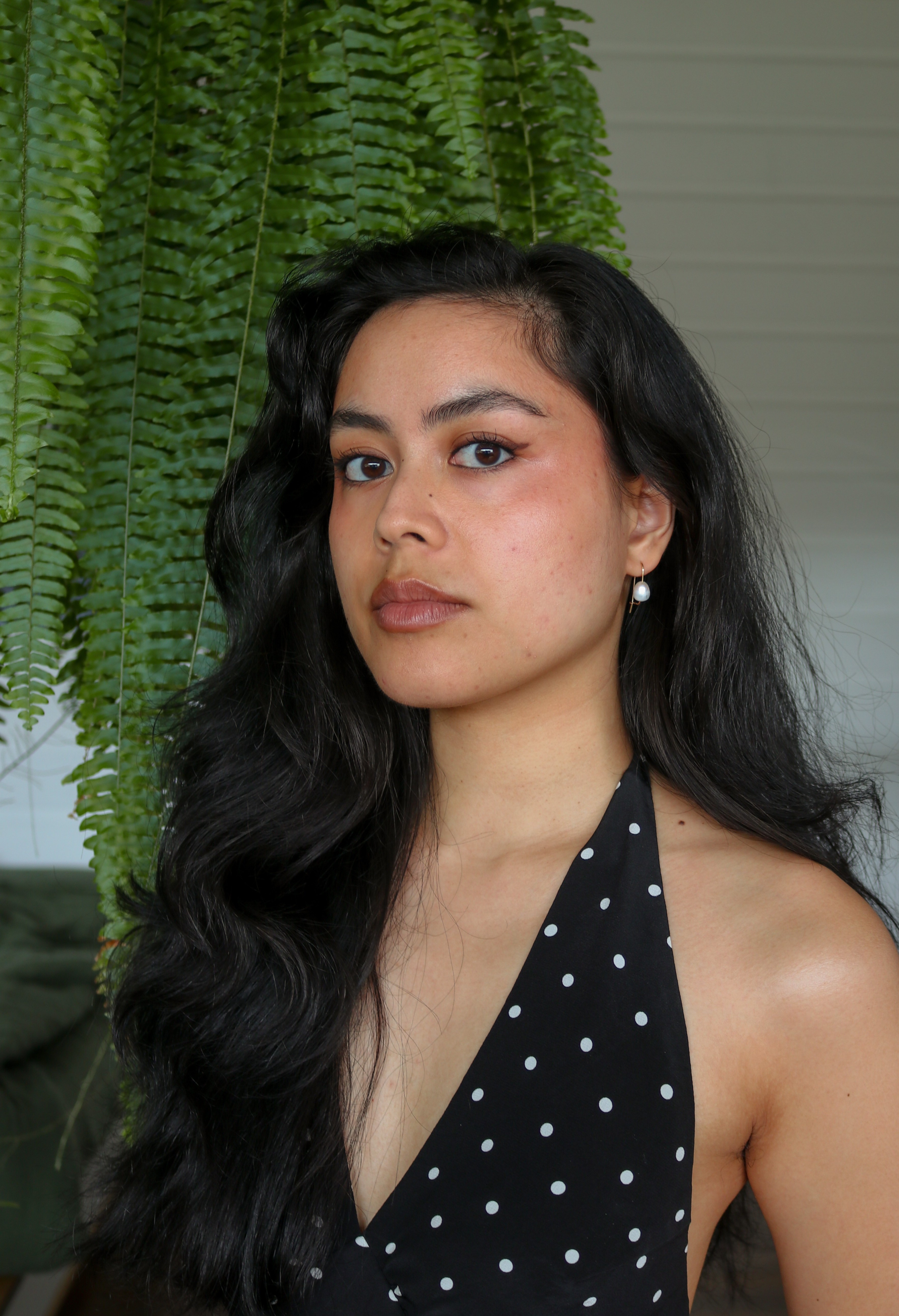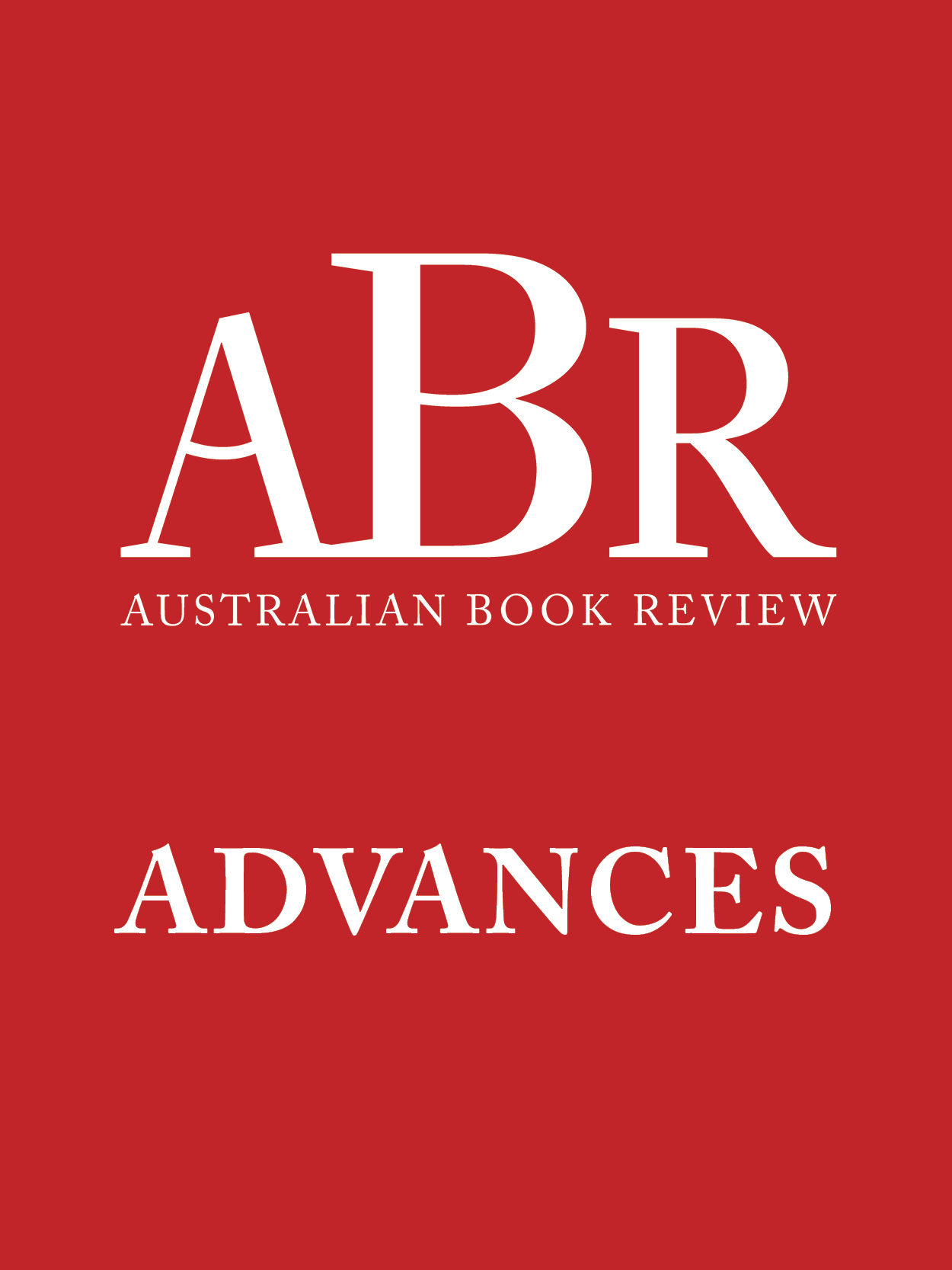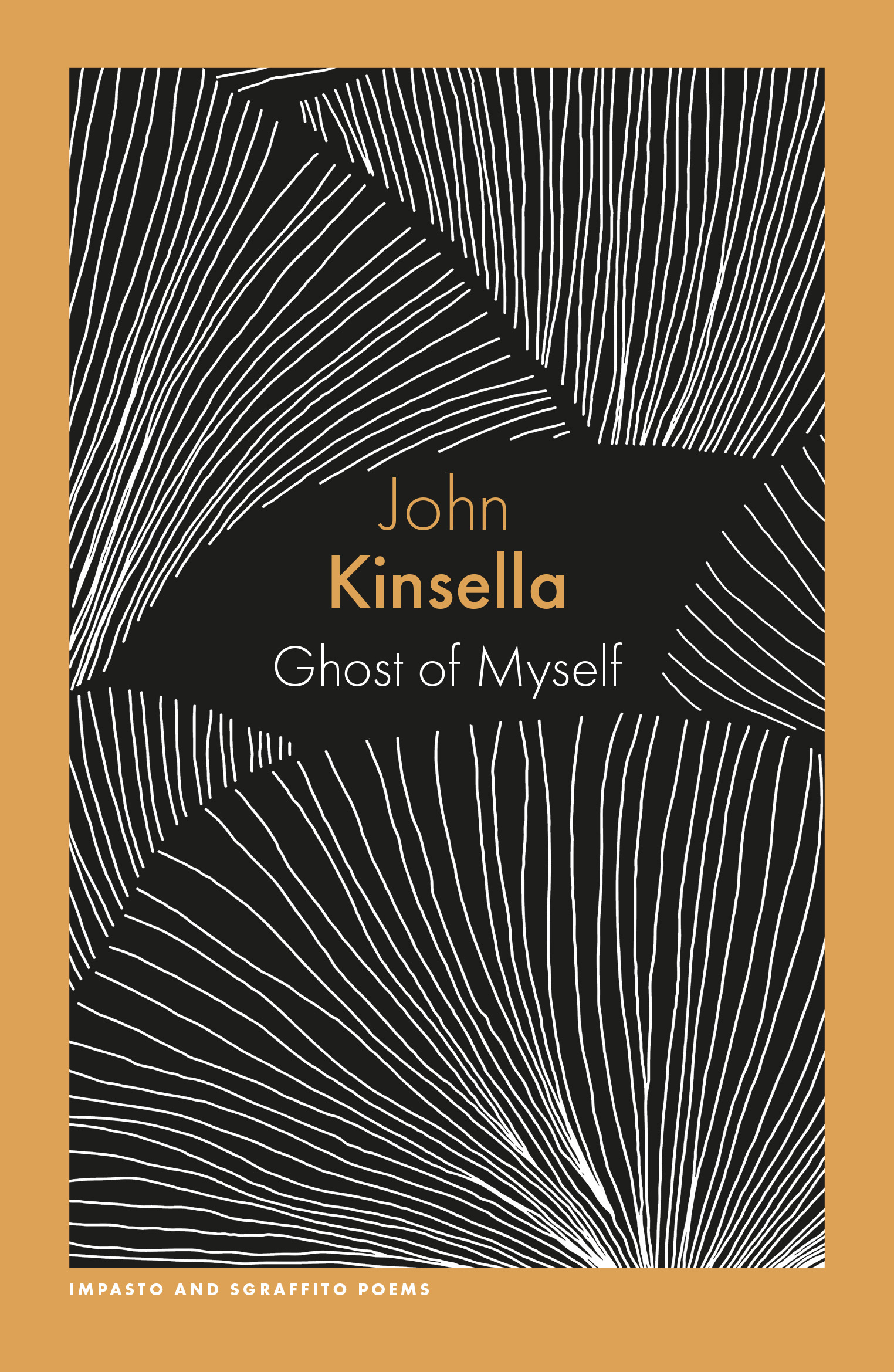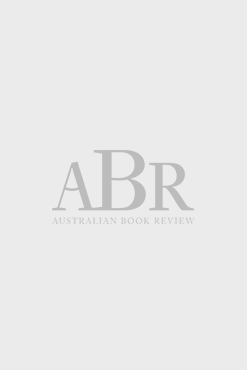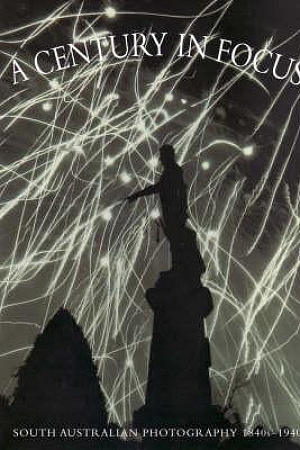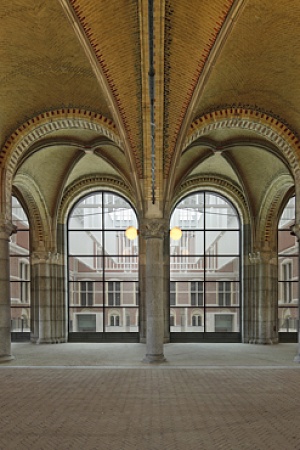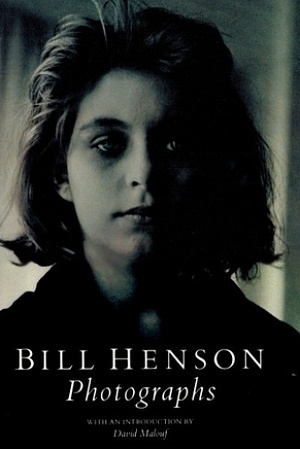Fred Williams
Bay Nooks, $59.95 hb, 338 pp
New Interpretations
P
atrick McCaughey’s Fred Williams is a rare event in Australian publishing, a substantial and scholarly monograph on a living Australian artist. Fred Williams, born in 1927, belongs to the so-called ‘heroic years’ of modern Australian painting (1940-65), yet his reputation as ‘Australia’s leading painter’ was made during the decade that followed. Unlike his contemporaries – among them Charles Blackman – who made their reputations before going overseas, Williams spent most of his formative years (1951-56) in England. The works from this period are mainly figurative and shaped by his experience of London life – music hall and other genre subjects.
When he returned to Melbourne in 1956, the Contemporary Art Society had re-formed and the conflict between figurative and non-figurative artists was on the boil. It culminated in the Antipodean’s call-to-arms against abstraction. Although Williams knew all seven members and had shared studios with two of them, he was not asked to join the group until after the Antipodean Exhibition in August 1959. According to McCaughey, he ‘was hurt by his exclusion and it precipitated the crisis in his art’ and pushed him towards the enemy camp of formalism. Now back in the Australian environment, he experienced the proverbial ‘shock of recognition’ and began his long-term exploration of the Australian landscape. From then onwards the figurative works were kept in the background.
Williams, as McCaughey is eager to point out, ‘is exceptional to his age not typical of it’, an age, it seems, that is really confined to Melbourne figurative artists of the 1940s and 1950s. He is a ‘thoroughly modernist’ painter whose ‘art mediates the major shift in sensibility from the “heroic image” to the more impersonal and abstract ways of Australian painting after 1965’.
This desire to present Williams as a dinky-di formalist comes unstuck when you examine his largely unknown stream of figurative works, particularly those from the London years. The artist is living a double life.
As the hero of Australian formalism, Williams must be provided with ancestors of the highest order, preferably the giants of European modernism such as Courbet, Manet and Matisse. He is not one to let himself ‘be overwhelmed by relatively minor or ephemeral figures’. He must challenge the masters (Tom Roberts, too?) like some brush-wielding Don Quixote. In reality, Williams’s landscapes have always shown some vestiges of the ‘heroic image’ painters – Nolan, Tucker, Blackman and others.
In its attention to detail and wealth of illustrations (many works seen for the first time) Fred Williams compares favourably with Andrew Causey’s new book on English artist Paul Nash. Nash, like Williams, is noted for his landscape paintings, but that is as far as the similarity goes. In his book Causey aims ‘to gain access to the man by a close analysis of his work’, but McCaughey on the other hand, is ‘overridingly concerned with an analysis of the formal, “abstract” qualities and properties’ of William’s art and only incidentally interested in what makes him tick. He is suspicious of finding the key to artistic production in the life of an artist, but then, Williams isn’t exactly Picasso, or Nash, if it comes to that!
In keeping with the world of ‘professional’ art, the paintings have been fastidiously assembled in chronological order, sampled, and classified (in the manner of an annotated wine list) into vintage years of ‘crisis’ or ‘quality’. One can imagine that more than ‘just the right balance of carrots’ mentioned in the preface was consumed by the artist, his critic, and dealer during the five years it took to write the book.
Don’t get me wrong – McCaughey’s text is never boring, even when endlessly analysing paintings, but he is best when writing about Williams’s early years and the Antipodean affair However, I get the distinct impression from the book that Williams is just two eyes and an arm that is permanently attached to a brush. Surely, there is more to him than that.
